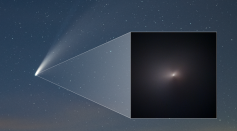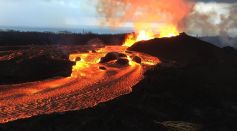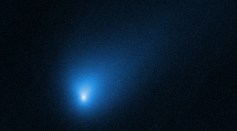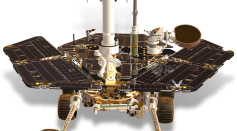Tags: ESA
Hubble Captures Surprise Decay of Stingray Nebula
ESA To Use "The Claw" to Clean Up Space Junk
Kepler Space Telescope Reveals About 300 Million Habitable Planets Possibly Exist in the Milky Way
The International Space Station Marks 20 Years of Continuous Human Presence In Space
James Webb Space Telescope Nears Launch With Environmental Testing
3D Model Offers Insight Into How Saturn Got Its Hexagonal Storm
ESA’s Φ-Week 2020 Highlights Digital Twin Earth, AI, and Quantum Computing
New Study Finds at Least 45 Planets With Qualities Similar to Earth

NASA Sentinel 6 Michael Freilich to Launch in November
Belgian Nanosatellite Carries Finland's Remote Sensing Technology To Space
James Webb Space Telescope Just Completed Its Initial Pre-Flight Testing

Hubble Space Telescope Captures Comet NEOWISE at its Brightest

Dwarf Planet Ceres May Have Been an Ocean World
Human Urine Can Help Make Lunar Concrete in an Attempt to Create Colonies on the Moon
Asteroid's Flyby Shows Earth's Planetary Defense In Action

Study Shows Heavy Rains Triggered Devastating 2018 Kīlauea Eruption in Hawaii
Satellite Shows That a Vast US Oil- And Natural Gas- Producing Region Is Leaking Methane More Than Twice As Previously Thought

Hubble Telescope Takes Sharpest Image Yet of First-Ever Confirmed Interstellar Comet

Life On Mars Could Be Possible, But People On Earth May Not Be Prepared
The Amazing 3-D Printing of 1.7 Billion Stars
Most Popular

Space Tourism Future: How Commercial Space Travel Will Transform Civilian Exploration

Universe Origin Revealed: Exploring the Latest Big Bang Science Theories and Discoveries

Big Bang Physics and Cosmology: Can Science Really Explain the Origins of the Universe?

Tree Communication Explained: How Underground Fungi Networks Connect Entire Forests





